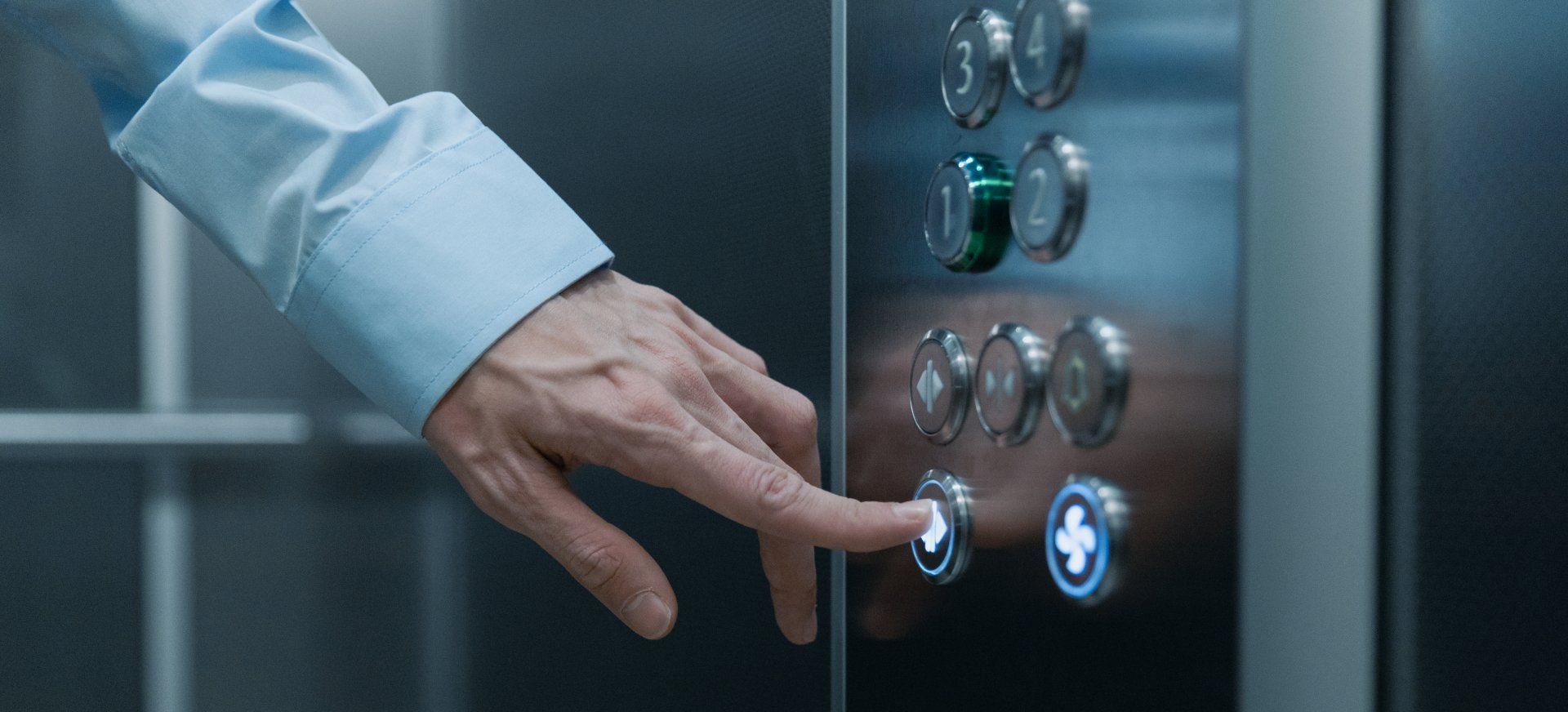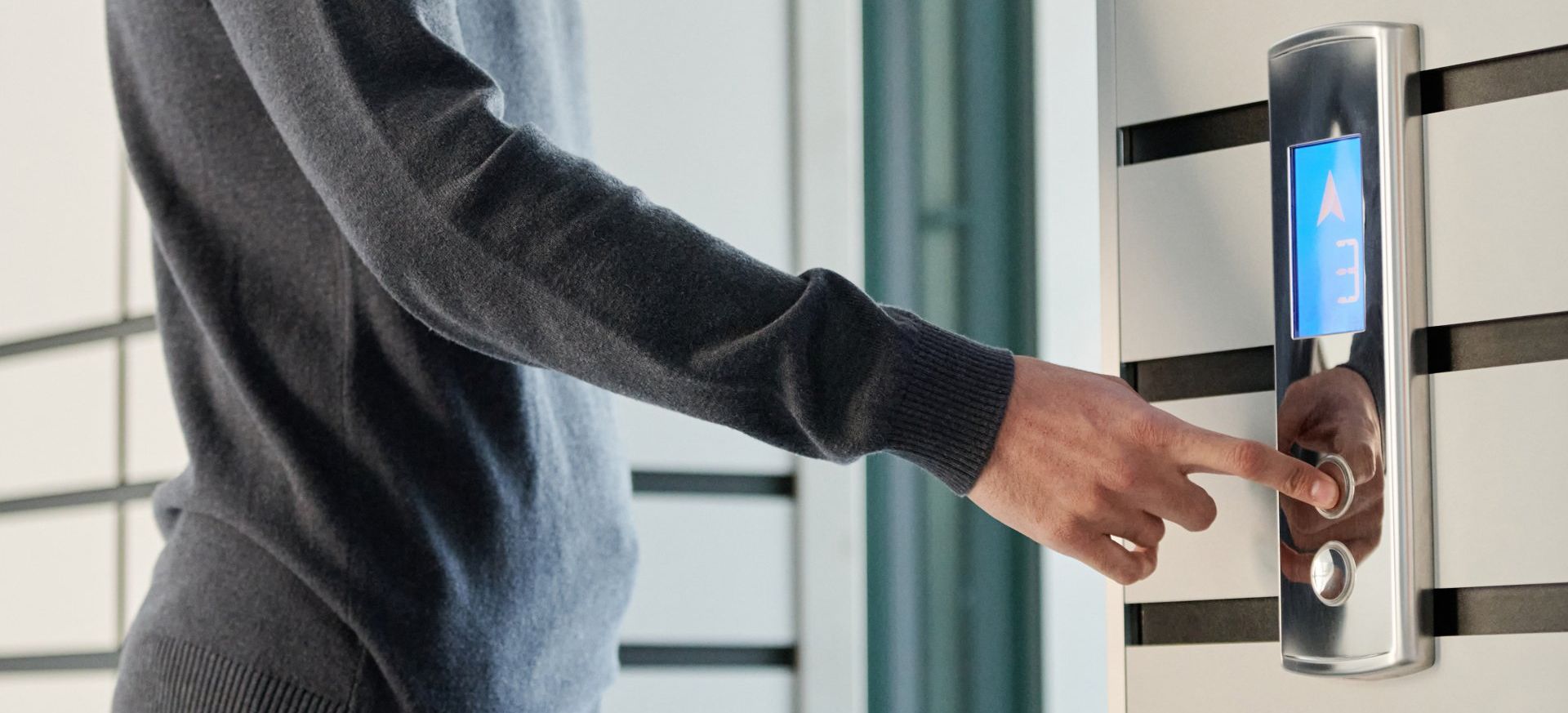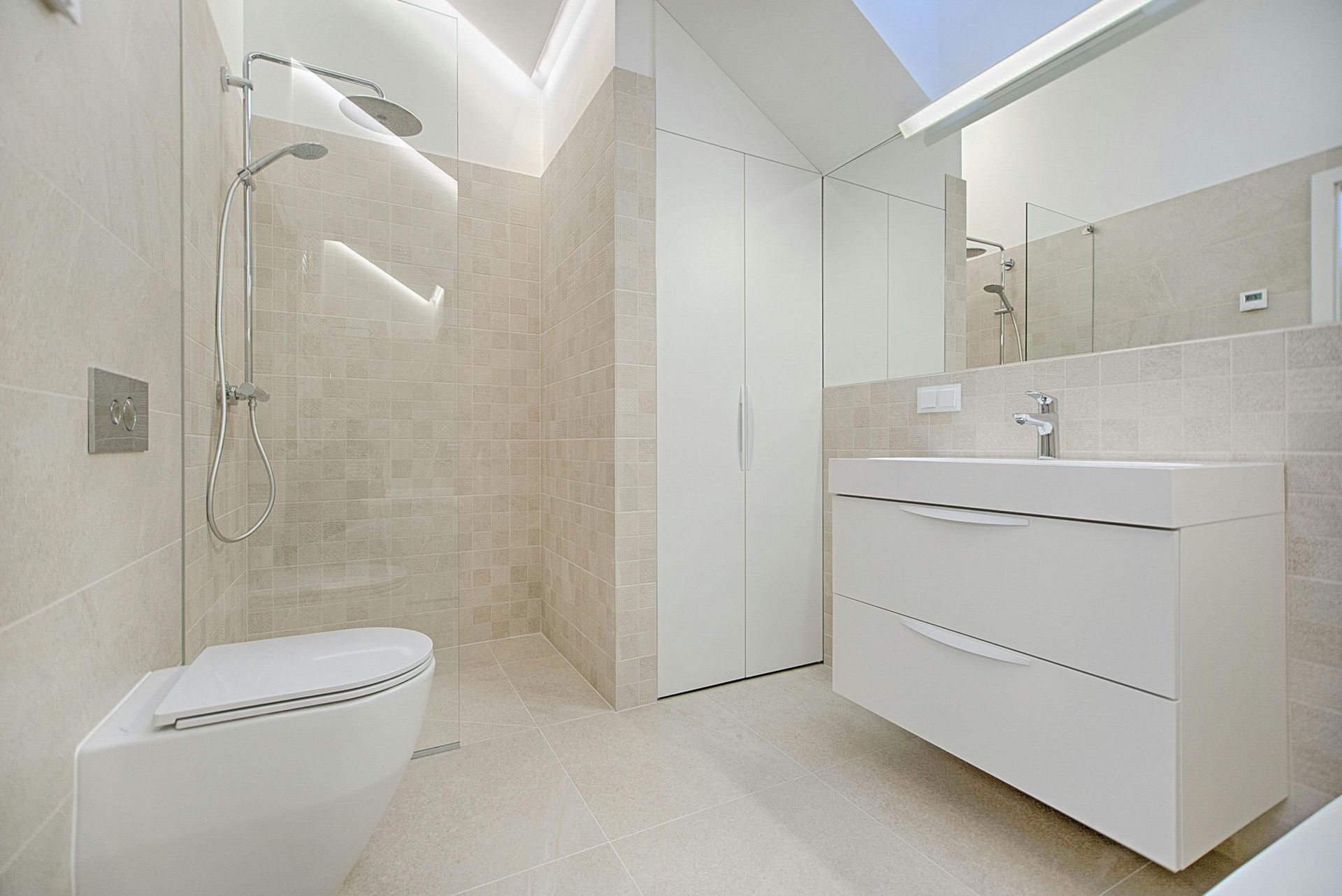Abraham Sanieoff on Mastering Access Control Installation for Modern Security
“Effective access control is more than just keeping unauthorized individuals out; it’s about granting access to the right people at the right time.”
— Abraham Sanieoff

Understanding Access Control Systems
Types of Access Control Systems
- Discretionary Access Control (DAC): The owner of the protected system, data, or resource sets the policies defining who or what is authorized to access the resource.
- Mandatory Access Control (MAC): Access rights are regulated by a central authority based on multiple levels of security.
- Role-Based Access Control (RBAC): Access permissions are assigned to users based on their roles within an organization.
Key Components of an Access Control System
- Control Panel: The central system that processes access requests and sends signals to locking mechanisms.
- Credentials: These can be key cards, PIN codes, biometric data, or mobile devices used to verify identity.
- Readers: Devices that read the credentials presented by users.
- Locks: Physical mechanisms that control access to doors and other entry points.
- Software: Manages the overall system, tracks access logs, and provides administrative functions.

The Evolution of Access Control System Technology
Access control technology has evolved dramatically, driven by advancements in digital security and increasing demands for user-friendly solutions. Understanding this evolution is key to appreciating the current landscape of access control systems.
Historical Context and Advancements
Initially, access control systems were dependent on physical keys and mechanical locks. As digital technology emerged, these systems transitioned to electronic locks and card-based entries. The most recent advancements include biometric authentication and mobile access, offering superior security and convenience. Companies like Sabre Integrated are at the forefront of these innovations, providing state-of-the-art access control solutions.
Trends in Access Control System Technology for 2024
- Touchless Entry Systems:
- Utilize motion sensors and mobile credentials to reduce physical contact.
- This trend, accelerated by the COVID-19 pandemic, reduces contamination risks and enhances user convenience.
- Integration with AI and Machine Learning:
- AI enhances access control by analyzing patterns and identifying potential security threats in real-time.
- Machine learning algorithms improve system accuracy and adapt to evolving security challenges.
- Multi-Factor Authentication (MFA):
- Combines multiple verification methods (e.g., passwords, biometric data, security tokens) to enhance security.
- MFA significantly reduces the risk of unauthorized access and strengthens overall security posture.
Implementing Access Control Systems in Buildings
Proper implementation of access control systems is vital for maximizing their effectiveness and ensuring seamless operation.
Steps to Installing an Access Control System
- Assessment and Planning:
- Evaluate the specific security needs of the facility.
- Determine the most suitable type of access control system.
- Choosing the Right System:
- Decide between proprietary and non-proprietary systems based on flexibility and long-term cost considerations.
- Proprietary systems may offer seamless integration but can lock you into a single vendor.
- Integration with Existing Security Systems:
- Ensure compatibility with current security infrastructure, such as CCTV and alarm systems.
- Integration enhances overall security and simplifies management.

Benefits of Modern Access Control Systems
Modern access control systems provide a range of benefits that extend far beyond traditional security measures.
Enhanced Security and Reduced Unauthorized Access
- Automated Monitoring: AI-powered systems continuously monitor access points and alert security personnel to potential threats in real-time.
- Granular Control: Assign access rights based on specific roles or time frames, minimizing the risk of unauthorized access.
Improved User Convenience and Operational Efficiency
- Mobile Access: Users can unlock doors using their smartphones, eliminating the need for physical keys or cards.
- Remote Management: Administrators can manage access rights and monitor system activity from any location, enhancing operational efficiency.
Compliance with Regulatory Standards
- Data Protection: Ensure that only authorized personnel have access to sensitive information, aiding in compliance with regulatory standards.
- Audit Trails: Maintain detailed logs of all access events, which are essential for auditing and investigation purposes. Sabre Integrated offers advanced solutions to help meet these regulatory requirements.
Elevator Access Control Systems
Elevator access control is a crucial element of comprehensive building security, particularly in high-rise structures.
Importance of Elevator Access Control in High-Rise Buildings
- Controlled Access: Restrict access to specific floors, ensuring that only authorized individuals can reach sensitive areas.
- Enhanced Security: Integrate elevator control with building access systems to provide a unified and robust security solution.
Types of Elevator Access Control Systems
- Single Elevator Access Control:
- Ideal for buildings with fewer floors and lower traffic.
- Uses card readers or mobile access to activate the elevator.
- Elevator Banks:
- Suitable for buildings with multiple elevators serving different sets of floors.
- Allows for role-based access to specific floors.
- Smart Elevators:
- Utilize digital touch screens for destination dispatch, optimizing travel times and enhancing security.
- Can be integrated with cloud-based access control systems for seamless management.

Case Study: Successful Access Control Implementation
Consider a hypothetical scenario where a corporate office successfully implements a comprehensive access control system.
- Challenges: The office faced issues with unauthorized access and inefficient management of access rights.
- Solution: Implemented a multi-layered access control system integrating biometric authentication and mobile credentials.
- Results: Improved security, streamlined operations, and enhanced compliance with regulatory standards.
Conclusion
Access control systems are an indispensable part of modern security infrastructure, providing robust protection against unauthorized access while enhancing user convenience and operational efficiency. As technology continues to evolve, staying informed about the latest trends and advancements is crucial for future-proofing your security strategy. For those seeking reliable and innovative access control solutions, Sabre Integrated offers comprehensive services tailored to meet your specific needs.
Ensure your facility is equipped with the latest access control technology by partnering with Sabre Integrated. Visit sabreintegrated.com today to learn more and secure your premises with state-of-the-art access control systems.




